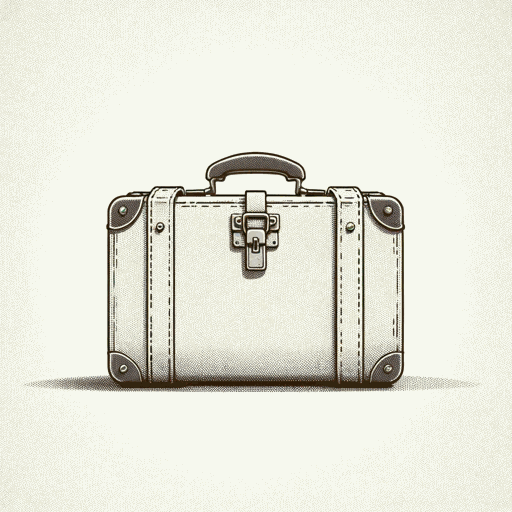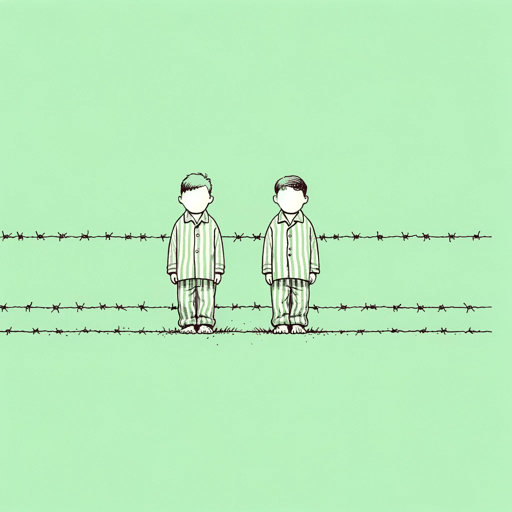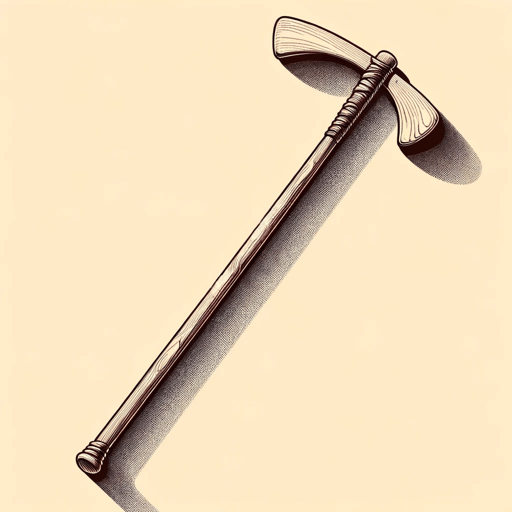66 pages • 2 hours read
John BoyneAll the Broken Places
Fiction | Novel | Adult | Published in 2022A modern alternative to SparkNotes and CliffsNotes, SuperSummary offers high-quality Study Guides with detailed chapter summaries and analysis of major themes, characters, and more.
Summary and Study Guide
Overview
John Boyne is the author of All the Broken Places, which he published in 2022 as a sequel to the best-selling, acclaimed, and criticized novel The Boy in the Striped Pajamas (2006). The latter is for young adults, and the former is for adults, but All the Broken Places is a largely standalone novel. The first book focuses on nine-year-old Bruno, whose father is the commander of Auschwitz. Bruno meets a Jewish boy, Shmuel, by the fence separating the Nazi death camp from Bruno’s home. To help find Shmuel’s father, Bruno sneaks under the fence, and he and Shmuel die in a gas chamber. All the Broken Places picks up after the war and focuses on Bruno’s older sister, Gretel. Boyne juxtaposes her postwar life as a teen and young adult with her life as a 91-year-old woman in London. The parallel narratives center on themes like The Indelible Impact of History and Trauma, Keeping Secrets Versus Confronting Guilt, and Breaking Cycles of Harm. The novel is a work of historical fiction that incorporates elements from the mystery and thriller genres.
The page numbers in the study guide refer to the 2022 Viking e-book edition.
Content Warning: In addition to the innumerable traumas tied to the Holocaust and World War II, All the Broken Places depicts child and domestic abuse, gaslighting, suicidal ideation, self-harm, grooming, and outdated language about race and sexuality.
Plot Summary
The story switches between past and present. To keep the narrative clear, the plot summary focuses on Gretel’s past and then her present in chronological order.
The war is over. Nazi Germany lost, and people hate Nazis. Gretel’s father was the commander of Auschwitz, the infamous concentration camp where over 1 million people died. The Allies hold trials for top Nazis and hang Gretel’s father.
To avoid possible punishment, Gretel and her mother change their names and stories and hide in Paris. Fifteen-year-old Gretel pursues a teen shop worker, Émile Vannier, and her mother, who now goes by Nathalie, has a romantic relationship with the ostentatious Rémy Toussaint.
Émile’s brother was a part of the French Resistance, and the Nazis killed him. Rémy and his brother were in the Resistance, and the Nazis killed his brother. Émile and Rémy trick Gretel and her mother into coming to a warehouse, where they, along with other locals with loved ones brutalized by Nazis, strip them and violently slice off clumps of their hair.
After Nathalie dies from alcoholism and grief, Gretel moves to Sydney, Australia, where she works at a woman’s clothing shop and lives with a tall, Irish lesbian, named Cait. Cait works at a bar, and Gretel sees a mysterious man there. She realizes the man is Kurt Kotler, who, as a teen SS officer, was an assistant to Gretel’s father. Out of revenge and hopelessness, Gretel plans to kidnap his son, Hugo, and kill him and herself. She lacks the cruelty to do it. Instead, she confronts Kurt at a cafe, but given the chance, she doesn’t expose Kurt to two nearby police officers, as that would also expose her identity.
In London, from 1953 to 1954, Gretel works at the Harrods department store and begins a romantic relationship with an assistant manager, David Rotheram. She also becomes friends with David’s friend, Edgar Fernsby, and the three of them see a documentary about World War II and the Holocaust. The movie features Gretel’s family, and, shocked, Gretel runs out of the theater and throws herself in front of a bus.
Gretel lives and tells David the truth. Because Nazis gassed David’s mother, father, and sister at the Treblinka concentration camp, David wants nothing to do with Gretel. He doesn’t know that Gretel is pregnant or that he’s the father.
Edgar doesn’t care that she’s pregnant, and though he wants to hate Gretel for her Nazi past, he loves her. They marry, and Gretel names her daughter Heidi before putting her up for adoption. Edgar becomes a famous historian, publishing a three-volume history of World War II and the Holocaust. They have a son, Caden, and move into the pricey Winterville Court so that Gretel can be near Heidi, who lives across the hall and doesn’t know that Gretel is her biological mother.
In 2022, Gretel is 91, and she lives by herself. Edgar died in 2008 due to asthma, and Heidi has physical and mental conditions. A family moves into the flat beneath Gretel. The mother, Madelyn, is an actress, the father, Alex, is a film producer, and their son, Henry, is nine. Gretel doesn’t like young boys, as they remind her of her brother and traumatic past. The family brings drama into Winterville Court. Gretel overhears an argument and sees Madelyn outside dragging a rock across her face. She also notices that Henry regularly has injuries and bruises.
One day, Madelyn, feeling out of sorts, asks Gretel to pick up Henry from school. Madelyn says that Gretel can’t tell Alex. If Alex finds out, he’ll kill Madelyn. The teacher must call Alex to get his approval. Later, Madelyn tries to kill herself by overdosing on sleeping pills, and Gretel discusses the situation with Eleanor, Caden’s soon-to-be fourth wife. They tell the police, but Gretel doesn’t think the police will stop Alex.
Gretel confronts Alex about his abusive behavior, but he discovers her past, and if she exposes him, he’ll expose her. Gretel agrees to leave the family alone but then decides to act. She kills Alex the day before Caden marries Eleanor. Gretel goes to the wedding and has a pleasant time. She then goes to jail, which she describes as a retirement home. In jail, she finally faces her past and confronts her trauma. She says her brother’s name, Bruno.
Related Titles
By John Boyne





